In memory of Ernst Neizvestny: 10 works by the legendary sculptor that will remain through the ages
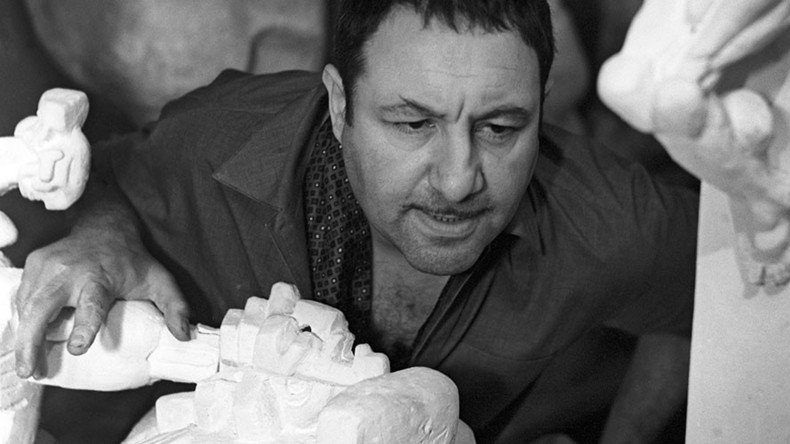
Ernst Neizvestny, the famed Russian sculptor and the man who dared to argue with Nikita Khrushchev, has died at the age of 91 in New York. As a tribute to the great artist, RT has compiled 10 of his most renowned masterpieces that have gone down in history.
1. ‘Prometheus’ (1972)
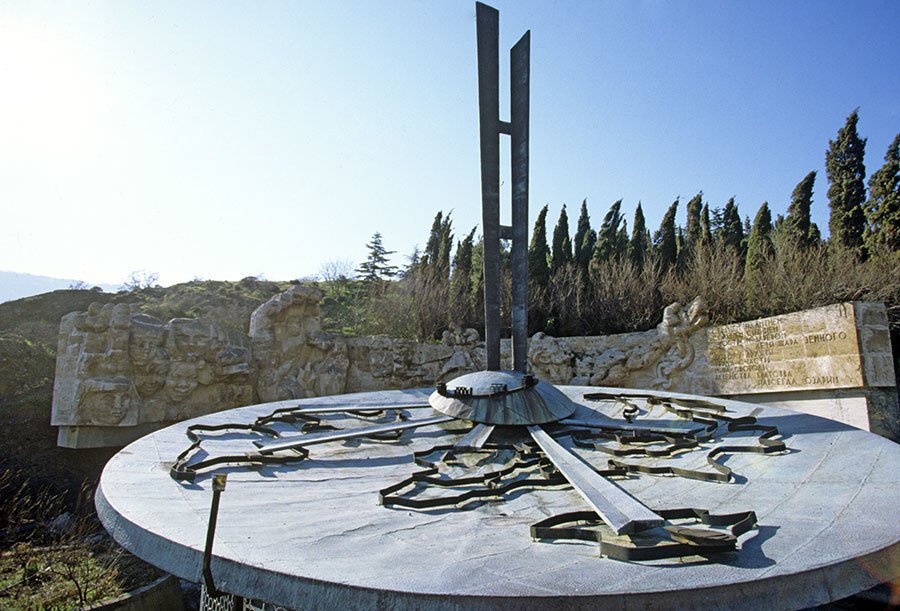
One of Neizvestny’s most powerful works is the statuary ‘Prometheus and the Children of the World’. It is located in the ‘Artek’ children’s camp on the Crimean Peninsula. It was erected on the stones brought to the camp by children from 83 countries and symbolizes global unity and friendship.
2. ‘The Lotus Flower’ (1968)
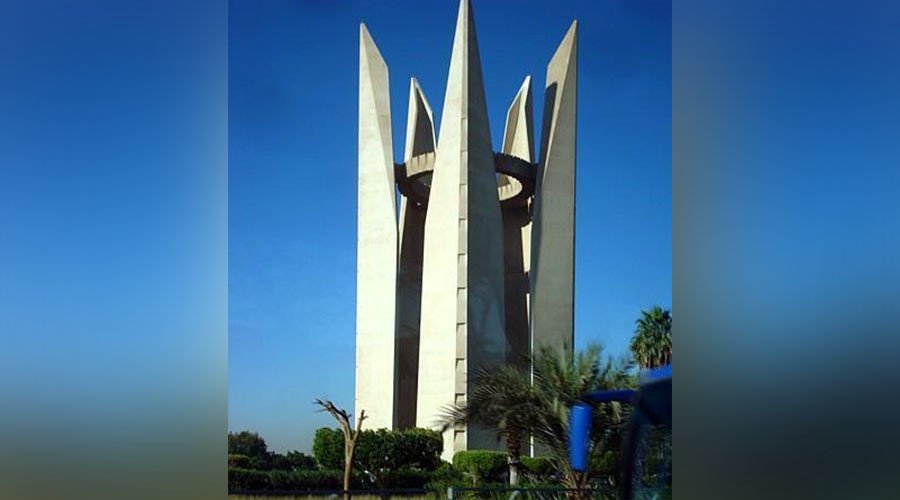
In 1968, Neizvestny’s project ‘The Lotus Flower’ won the competition of the sculptures to be placed at the Aswan Dam in Egypt as a sign of friendship between the Soviet and Egyptian people. The monumental 75-meter structure was erected three years later and is still standing, making it one of the world’s tallest structures of its kind.
3. ‘The Mask of Sorrow’ (1996)
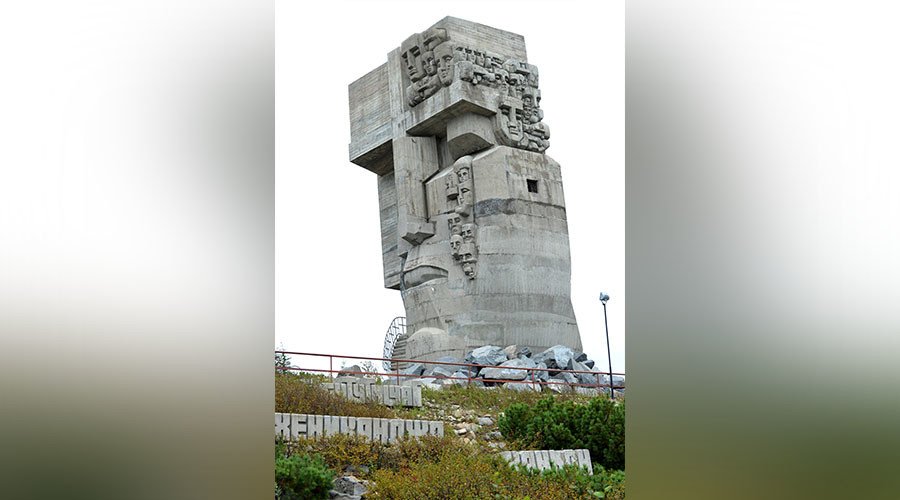
Located in Magadan in Russia’s Far East as a monument to victims of political repression, ‘The Mask of Sorrow’ sculpture’s central element is an abstract crying face. There’s also a copy of a typical prison cell within the gigantic 15-meter-high structure. During Stalinist times a “transit cell” was located there, a distributing post from which prisoners were sent to different forced-labor camps.
4. ‘Orpheus’ (1994)
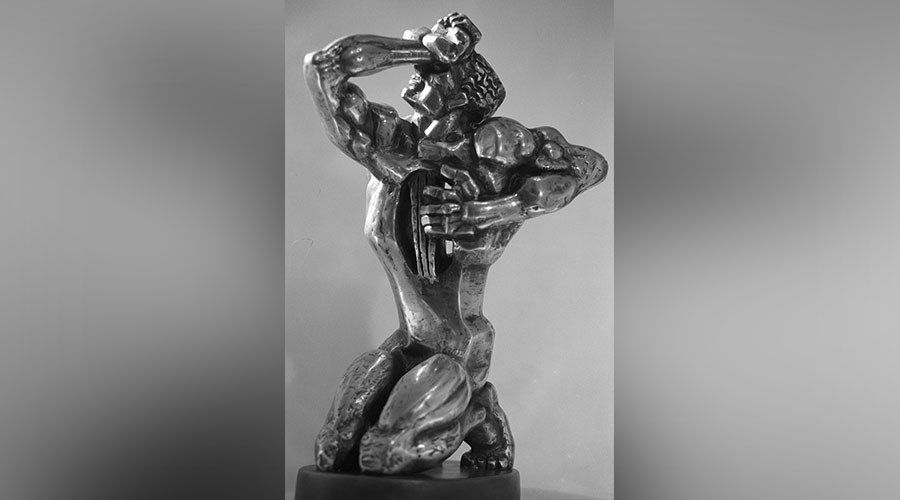
In Russia, Neizvestny is probably best known for his Orpheus statuette, also known as the TEFI. It is awarded in Russia every year for the best achievements in television arts. The poetic statuette represents the Greek god Orpheus, who rips his chest open and plays on the strings of his soul.
5. ‘The Tree of Life’ (2004)
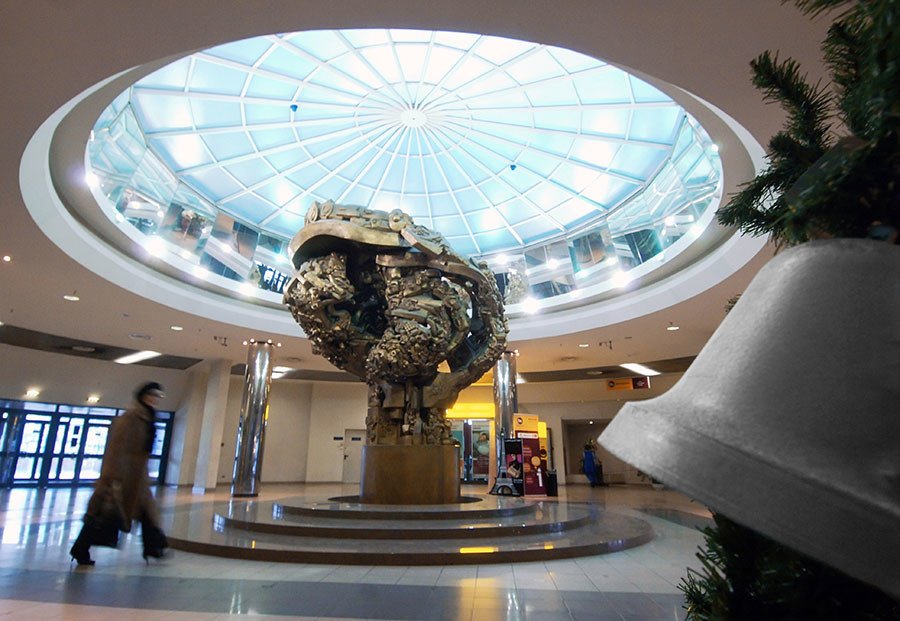
Neizvestny first had the idea for this piece in 1956, but his Tree was only planted some 50 years later, in 2004. It ‘grows’ in the foyer of the Bagration pedestrian bridge in the Russian capital. As the sculptor himself said, the 7-meter-high sculpture impersonates the battle between good and evil forces and the victory of the good. The canopy, in the shape of a human heart, holds a great variety of symbols - from pagan gods to modern religious figures and prominent historical characters.
6. ‘Rebirth’ (2000)
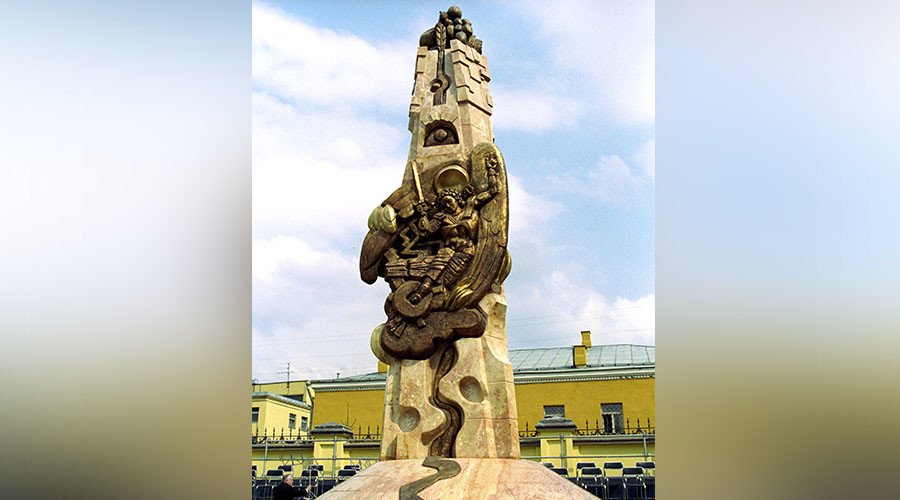
The central element of the 5-meter-high monument is Archangel Michael, the head of the host of angels fighting evil, cast in bronze. As he battles a snake crawling at his feet - the symbol of evil in many traditions - he points towards a shoot piercing out of the stone, which is a symbolic embodiment of the new Russia emerging as a prosperous state. The sculpture was installed on Bolshaya Ordynka street in Moscow in 2000, the year Neizvestny turned 75.
7. ‘The Golden Child’ (1995)
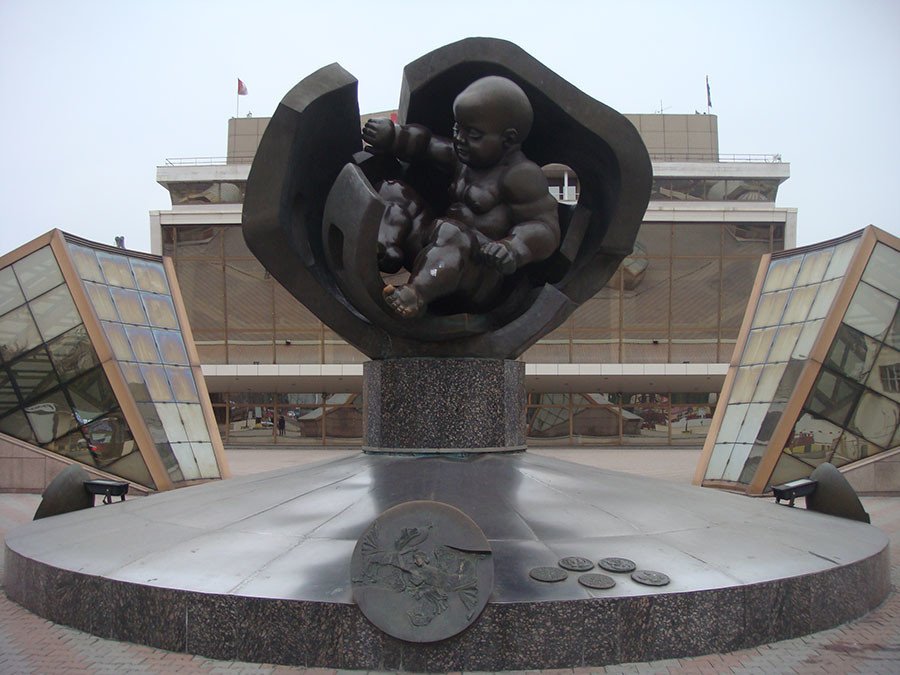
The sculpture was dedicated to the 200th anniversary of Odessa, Ukraine. The 5-meter-tall bronze monument is known as the world's largest baby figure. Its second title is ‘A Monument to Unborn Genius’. It stands in front of Odessa’s maritime port. Commenting on the work, Neizvestny said it was the first time he had created a monument “in a bright, joyous, romantic way,” calling his sculpture “a bright, full of sunshine image of a giant being born.”
8. ‘The Great Centaur’ (1962)
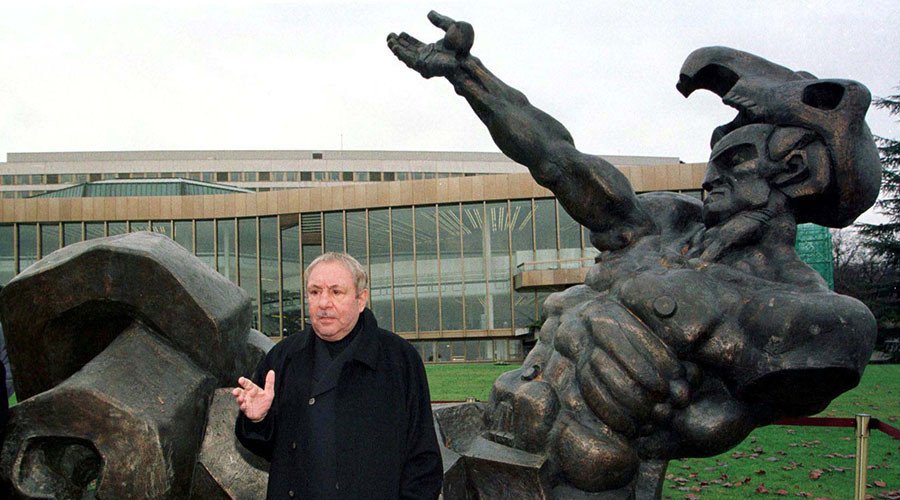
The centaur, a mythical creature that is part human, part horse, is one of the main metaphors in the work of Neizvestny, representing the duality of man. He’s repeated the theme throughout his career, but the most well-known representation is ‘The Great Centaur’. Its original copy is installed in front of the UN building in Geneva.
9. ‘The Heart of Jesus’ (1982)
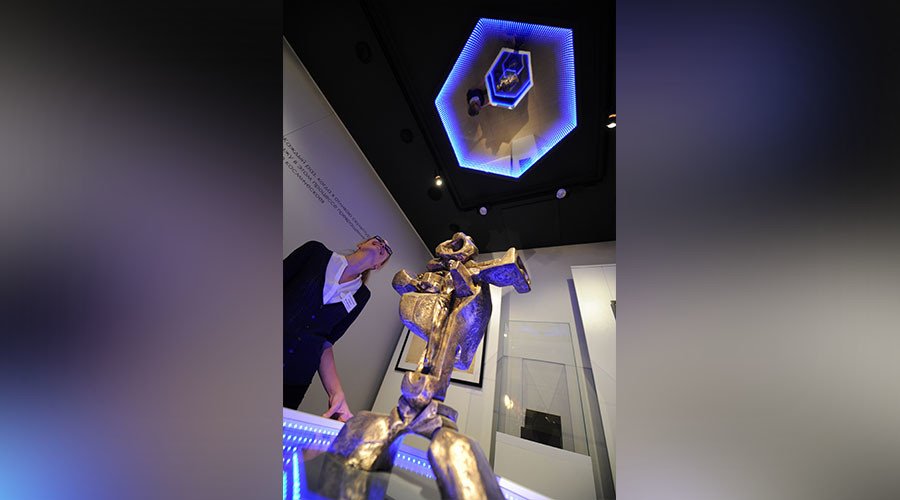
The sculptor made a number of works depicting the Crucifixion of Christ, one of which, known as ‘The Heart of Jesus’, holds a special place in the collection of the Vatican. Initially, Neizvestny was asked by Polish Catholics to make the sculpture for Cardinal Wojtyła. Circumstances forced the sculptor to lay the work aside for some time, until the cardinal became Pope John Paul II. He asked to buy the sculpture from Neizvestny, but the craftsman instead gave it to the Pope as a present, an act that prompted a Papal blessing and a warm welcome for Neizvestny in the Vatican.
10. The monument on the grave of Nikita Khrushchev (1995)
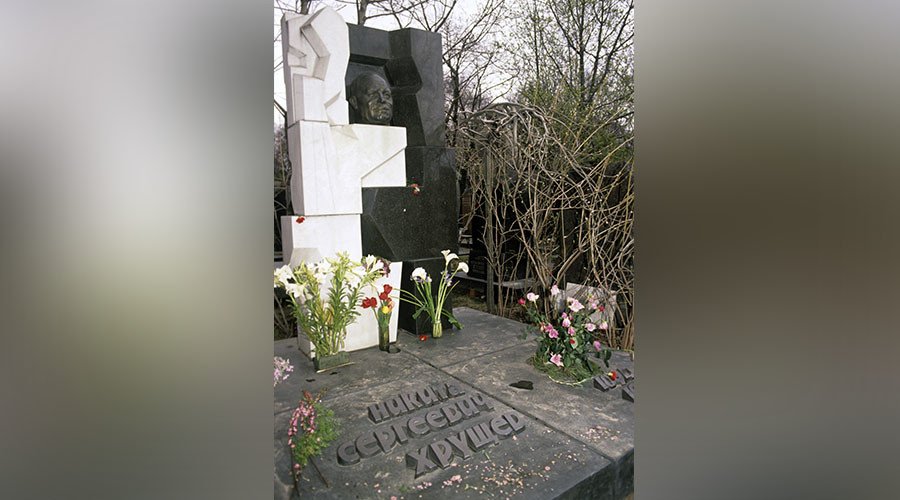
The monument on the grave of Khrushchev, buried at Novodevichy Cemetery in Moscow, was created at the request of the former Soviet leader’s relatives. The work is done in black and white, which embodies the duality of a politician’s nature. Neizvestny and Khrushchev did not get along. After visiting the sculptor’s exhibition in 1962, Khrushchev called his work “degenerate art” and forced his expulsion from the Artists’ Union and eventually his emigration to the United States. Neizvestny lived there for 40 years, working as a visiting professor at major Ivy League universities.
Ernst Neizvestny died in the early hours of August 9 in Stoney Brook University Hospital in New York, where he was taken after experiencing severe stomach pain, TASS reported, citing his friend, Jeff Blumis. Blumis said the sculptor’s death was a blow for people everywhere, as just a couple of days previously he was feeling healthy and well. Neizvestny’s relatives are currently considering his burial place.












